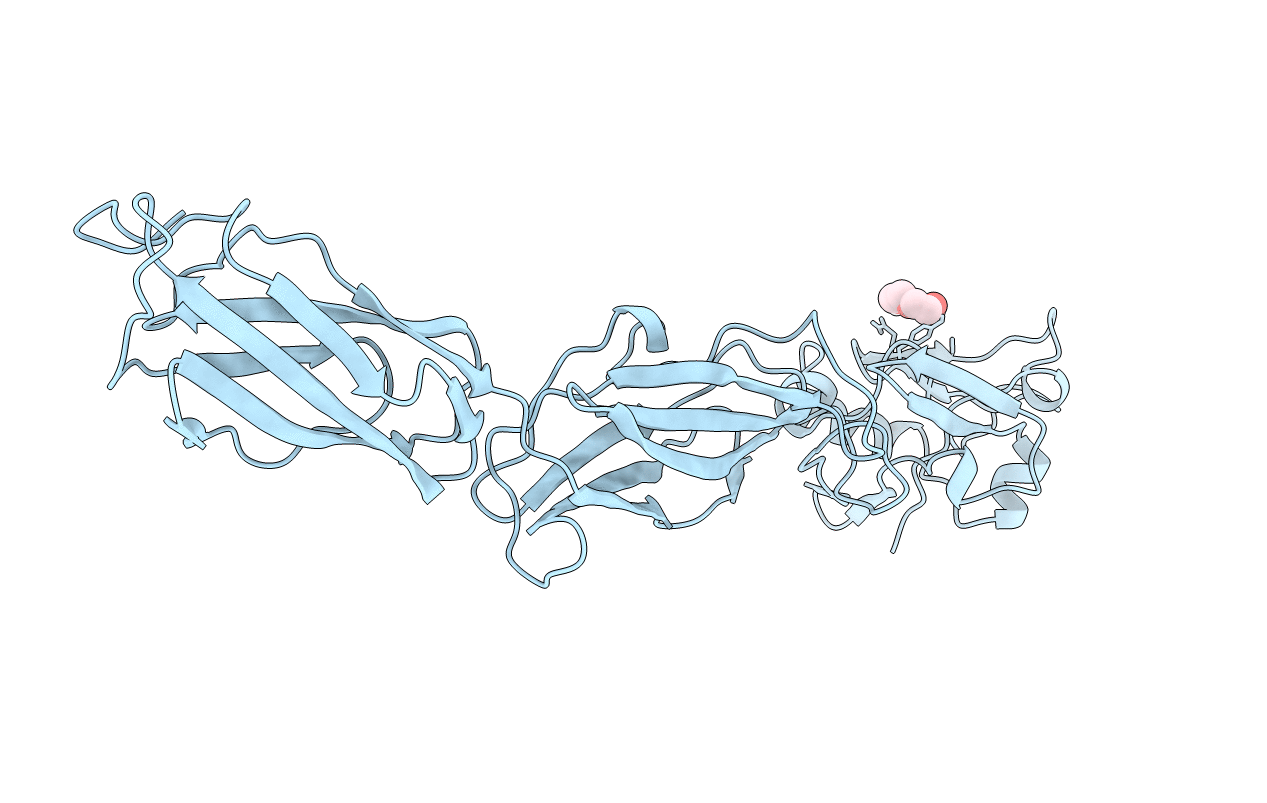
Deposition Date
2017-02-09
Release Date
2017-04-12
Last Version Date
2024-11-20
Entry Detail
Biological Source:
Source Organism:
Yersinia pseudotuberculosis IP 31758 (Taxon ID: 349747)
Host Organism:
Method Details:
Experimental Method:
Resolution:
1.70 Å
R-Value Free:
0.19
R-Value Work:
0.15
R-Value Observed:
0.16
Space Group:
P 1 21 1


